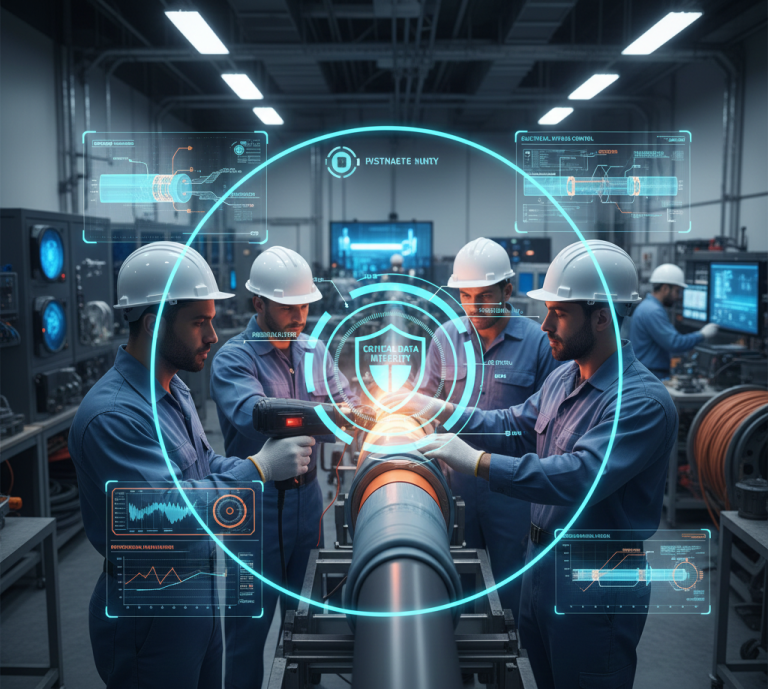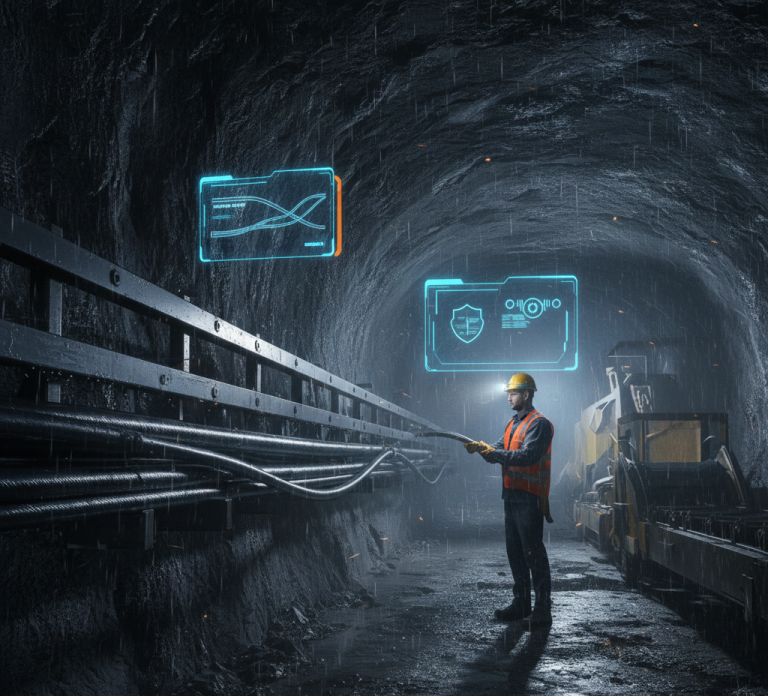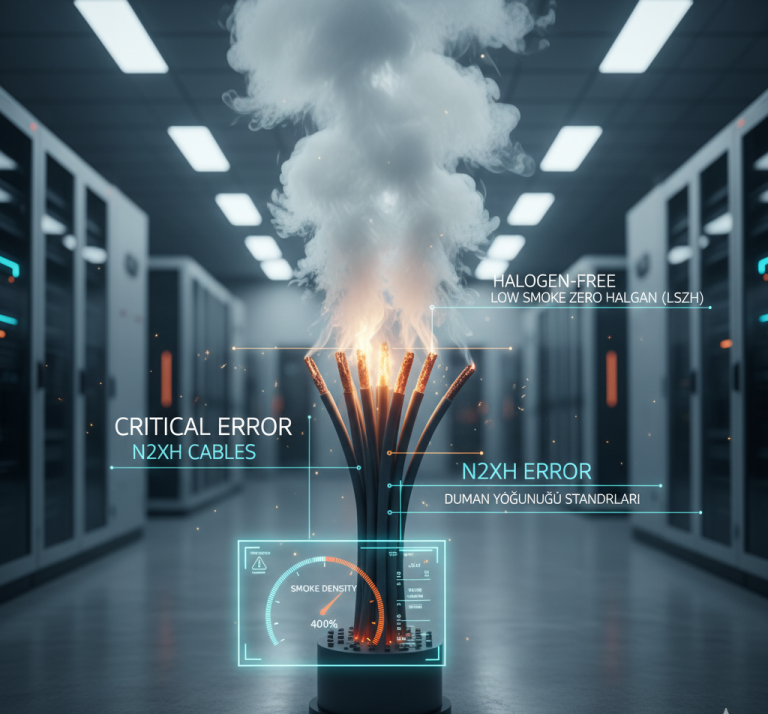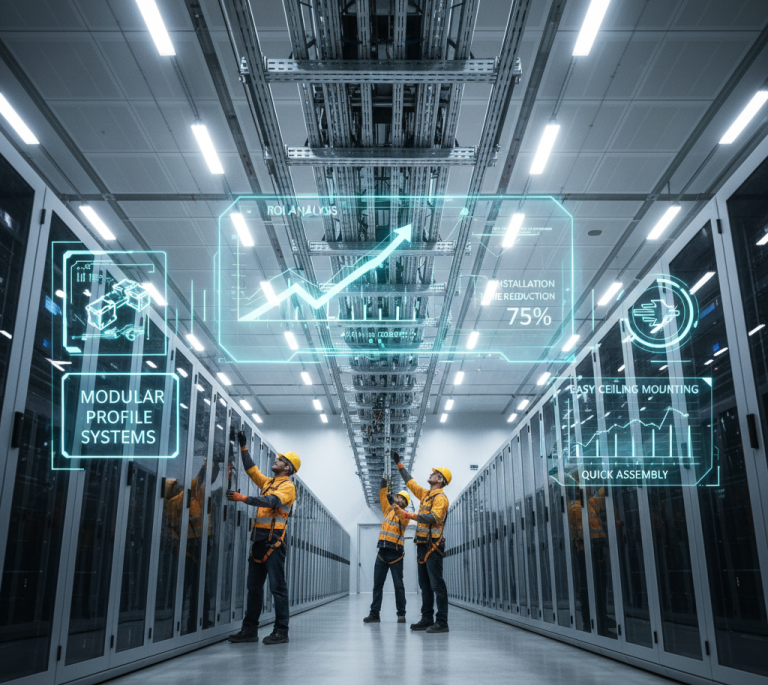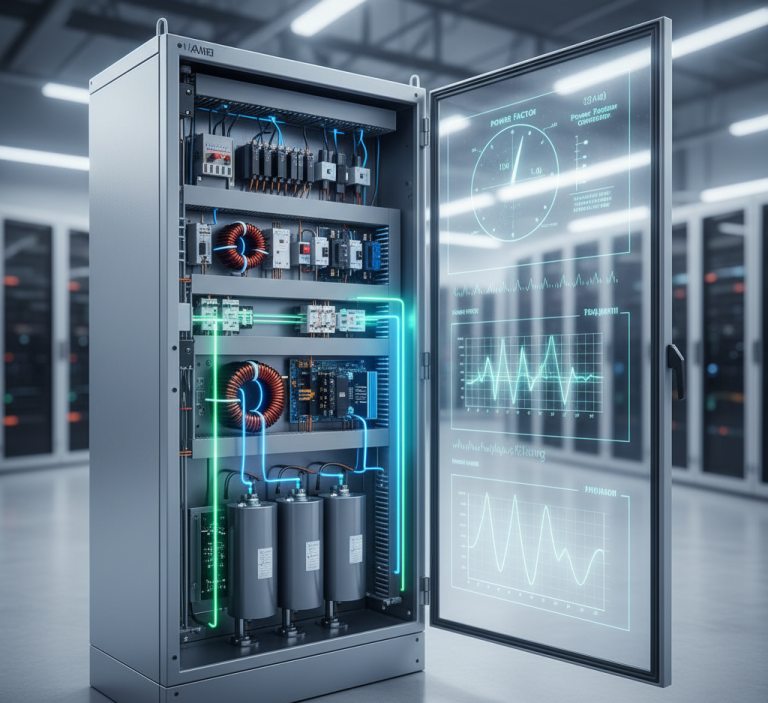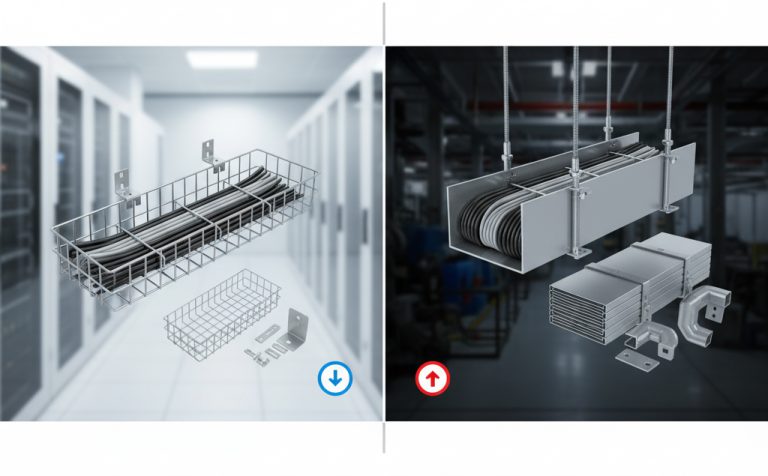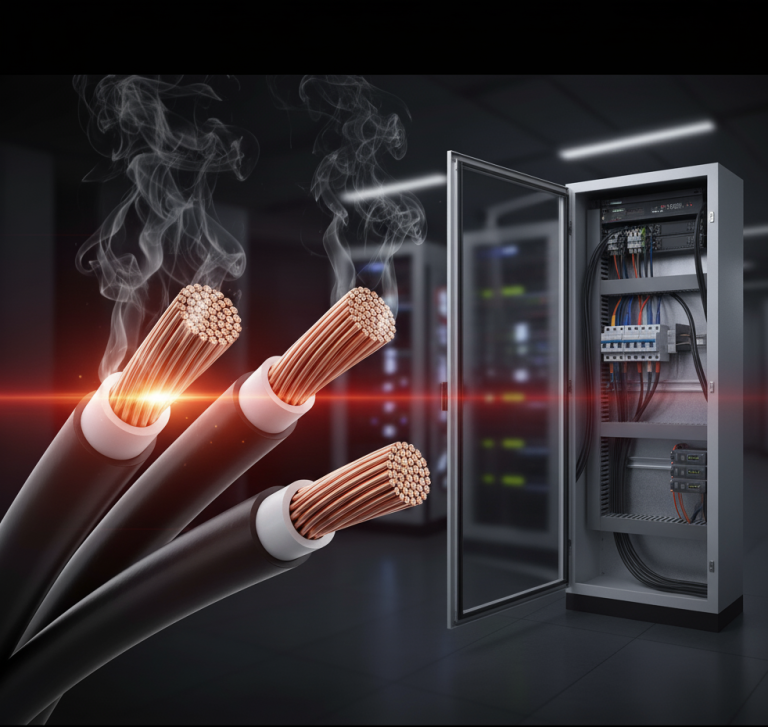High voltage cables are one of the most critical components of energy infrastructure, enabling the safe and efficient transmission of electrical energy over long distances. With the growth of industry, increasing energy demand, and urbanization, the quality, technical specifications, and advantages of these cables have become even more important. So, what are the fundamental features that distinguish high voltage cables from others?
What are the Technical Specifications of High Voltage Cables?
High voltage cables are specially structured transmission tools used for carrying electrical voltages above 1 kV. The technical specifications of these cables are crucial for both safety and transmission efficiency.
1. Conductor Material
Mostly metals with high conductivity such as copper or aluminum are preferred. This minimizes energy loss. High voltage cables, thanks to these metals, have a high current carrying capacity.
2. Insulation Layer
One of the most important technical layers of cables is insulation. Among the insulation materials, XLPE (cross-linked polyethylene) and EPR (ethylene propylene rubber) stand out. These materials exhibit resistance to high temperatures, pressure, and chemicals.
3. Outer Sheath and Mechanical Protection
High voltage cables are designed to be protected against external factors. Cables usually covered with PVC, PE, or lead sheaths are resistant to moisture, UV rays, chemicals, and mechanical impacts. This feature ensures long-lasting use.
Where are High Voltage Cables Used?
High voltage cables are used not only in power plants but also in urban electricity transmission lines, factories, large infrastructure projects, and railway systems. These cables are the backbone of critical infrastructures as they ensure the smooth and lossless transmission of energy.
Advantages of High Voltage Cables
The reasons for preferring these cables are not only their technical specifications but also the advantages they offer.
1. Reduces Energy Loss Over Long Distances
Cables operating at high voltage experience much less energy loss compared to systems carrying low current. This is a significant advantage both economically and environmentally.
2. Saves Space
Thanks to high voltage cables, cables with smaller cross-sections can be used for the same transmission amount. This means space saving and a simpler infrastructure.
3. Safer Energy Transmission
Thanks to high-quality insulation and a robust outer sheath, the risks of short circuits, fires, and electrical leakage are minimized. This is an important factor in the preference for high voltage cables.
4. Durability and Long Lifespan
Thanks to their structure resistant to external environmental conditions, high voltage cables can be used for many years without requiring maintenance. This reduces operating costs.
What Should Be Considered When Choosing High Voltage Cables?
Choosing the right cable is vital in energy transmission. The following criteria should be considered when selecting high voltage cables:
- Voltage level: The maximum voltage value required by the application should be determined.
- Environmental conditions: Factors such as temperature, humidity, and chemical exposure of the place where the cable will be used should be considered.
- Conductor type: A decision should be made whether to use copper or aluminum.
- Insulation type: XLPE or another insulation type should be preferred according to the environment and the technical requirements of the project.
- Compliance with standards: Compliance with national and international standards such as TSE and IEC should be sought.
High Voltage Cables and Sustainability
Today, sustainability has become as important as energy efficiency. High voltage cables cause less harm to the environment as they allow more energy to be transmitted with less energy loss. Additionally, cables produced with recyclable materials reduce the environmental footprint.
The Role of Cables in the Energy Infrastructure of the Future
With the transformation of the energy sector, infrastructure needs are also undergoing a major change. Developing technologies, the increase in urbanization rates, and environmentally friendly energy policies necessitate the restructuring of the systems used in energy transmission. In particular, smart city applications aim not only to digitalize living spaces but also to make energy use more efficient. At this point, it is of great importance to modernize transmission and distribution systems to adapt to today’s needs.
The integration of renewable energy sources is also one of the most critical factors shaping the future of energy infrastructure. Since energy production systems based on natural resources such as wind and sun are often located far from central facilities, transmission solutions need to be suitable for this. This increases the need for more durable, long-lasting, and high-capacity infrastructure systems.
On the other hand, the rapid spread of electric vehicle technologies is bringing about a major transformation not only in individual transportation but also in public transportation. This transformation requires both the numerical expansion and the technical strengthening of the charging infrastructure. In addition, ensuring uninterrupted energy supply in digital factories equipped with Industry 4.0 applications has become an indispensable requirement for the continuity of production processes.
In light of all these developments, it can be said that energy transmission is no longer just a technical necessity but has become a strategic element in the digitalization journey of cities and industries. Therefore, every investment to be made in this field in the coming years will have great value in terms of both energy security and sustainability.
High Voltage Cables for a Strong and Secure Future
In today’s world where energy demand is constantly increasing, high voltage cables are an indispensable technology for safe, efficient, and sustainable energy transmission. These cables, which have many advantages thanks to their technical specifications, provide trouble-free service for many years when selected correctly and used under appropriate conditions. High voltage cables can be considered a solid step taken towards the future in both individual projects and large-scale infrastructure investments.




